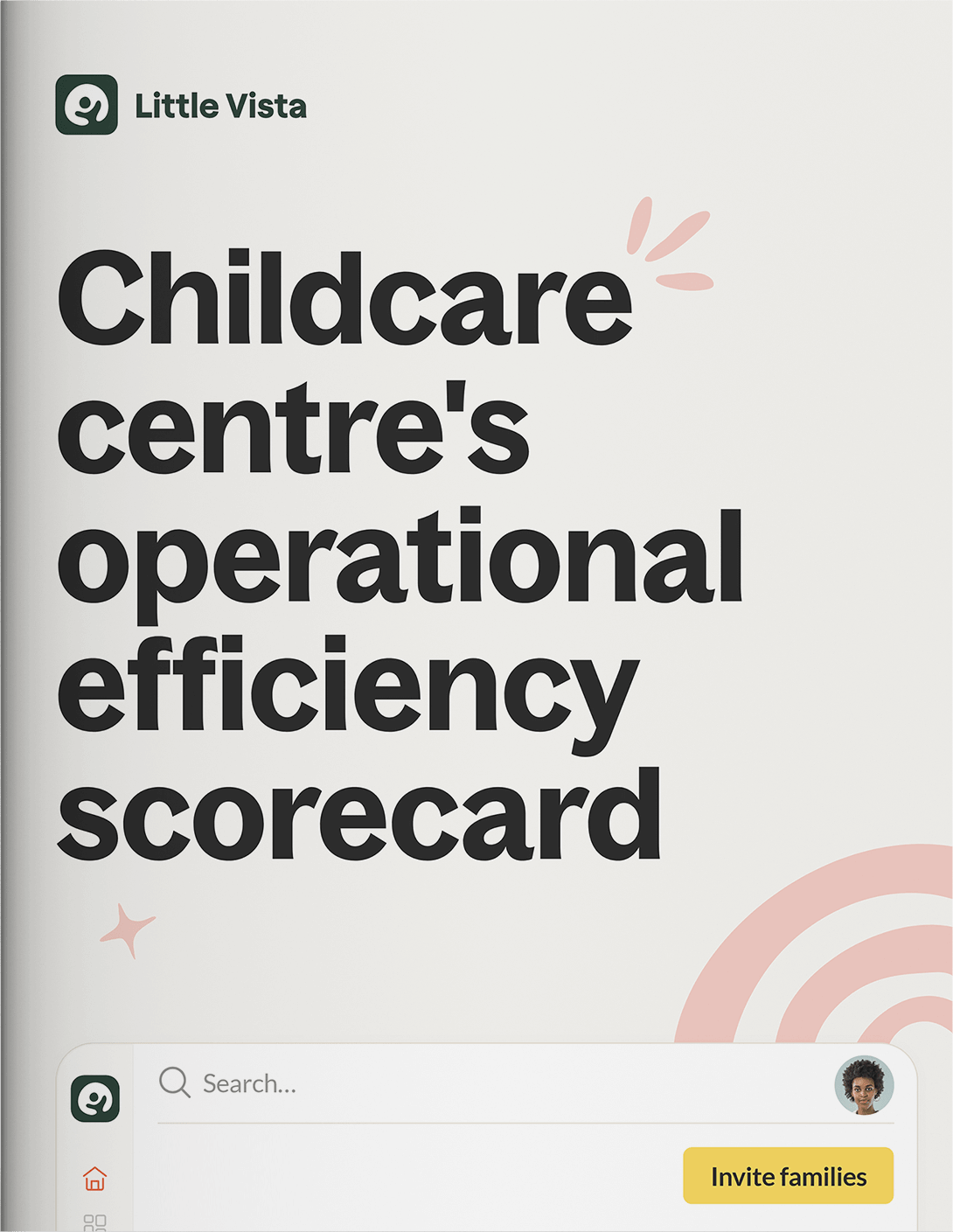
Empowering Educators: Using Technology in Education for More Effective Teaching

In today’s rapidly changing society, the ongoing debate about whether technology is helpful or harmful to traditional industries remains a hot topic. But even in the most traditional sectors, people are beginning to see the positive effect of technology on daily life, particularly when it comes to efficiency and accessibility.
That’s why in Ireland, renowned for its diverse educational landscape and opportunities, educators are now embracing technology to enhance the learning experience. From learning tools in the classroom to tech-based support systems at home, technology is transforming the way we learn.
But what makes technology such a game-changer for teachers and students?
Here’s what we think.
1. Customised Curriculums
When it comes to taking a more inclusive and personalised approach to education, technology is bridging the gap between traditional teaching methods and the dynamic future of learning.
With a focus on adaptability and inclusion, an effective use of technology can allow childcare facilities and educational institutions to customise their curriculum and cater to individual student needs — all while complying with educational standards.
This even applies in the busiest classrooms, where educational technology is helping teachers address unique learning preferences while working with large groups of students.
Here are a few examples of how digital learning tools are helping teachers customise the learning experience:
- Targeted learning paths: Technology helps teachers adapt learning paths to a student’s particular pace, strengths, weaknesses, ensuring all students are appropriately challenged and supported.
- Progress tracking: Digital tools can instantly track a student’s progress, helping teachers spot challenges and offer help sooner.
- Multimedia resources: Technology offers diverse multimedia resources for different learning styles, helping students stay engaged during lessons.
- Instant feedback: Online quizzes that provide instant results can give teachers a real-time understanding of how effectively their lessons are progressing.
- Immersive learning: VR tools can offer immersive subject exploration and allow students to engage more directly with the topics they’re studying.
- Communication & collaboration: Technology can improve student-teacher communication and collaboration within the education system, especially in terms of remote learning and digital assessments (read more about this in our blog).
Tip: Personalised learning is also a great way to connect childcare and education from an early age. By tailoring educational experiences to each child’s unique interests and abilities, you can establish long-term, effective learning habits.
2. Enhances Student Engagement
Effective teaching often comes down to keeping students actively engaged and helping them maintain a positive relationship with learning.
Technology can be a great tool for unlocking their enthusiasm.
Here’s just four examples of how technology is making the learning experience more exciting:
- Gamification: Incorporating game-like elements into lessons can transform learning into an interactive and enjoyable experience, encouraging greater participation.
- AI & Virtual Reality (VR): Technology allows educators to simulate real-world scenarios, offering a more ‘hands-on’ learning approach.
- Multimedia learning: Leveraging multimedia resources such as videos, animations, and interactive presentations helps teachers cater to a wider range of learning styles and ensure each lesson is engaging.
- Collaborative tools: Online collaboration tools help facilitate group projects and discussions, encouraging students to work together and learn from one another.
3. Supports Diverse Learners
The great thing about modern classrooms is that diversity is finally being recognised. From adapting curriculums to suit neurodiverse students to educating children about different cultures, there’s now an opportunity for students from all backgrounds to feel seen.
As schools adapt their accessibility and diversity practices, technology has a major role to play.
Here’s just some of the ways assistive technology and inclusive digital resources are breaking down barriers in education:
- Assistive devices: Integration of devices such as tablets with touchscreen, screen readers, and speech recognition tools enable full classroom participation for students with disabilities.
- Accessible content: Digital platforms often offer content in multiple formats such as closed captioning and braille to engage all students with materials.
- Multilingual resources: Inclusive digital materials are known for catering to linguistically diverse students, providing content in multiple languages.
- Interconnectivity: Teachers can now leverage technology to educate students about countries and cultures all over the world that they wouldn’t otherwise have access to.
4. Improves Administrative Efficiency
Educators often wear multiple hats, and as a result, they’re used to juggling various tasks at once. But with class sizes increasing and higher-than-ever expectations for teaching performance, it can be difficult to keep up!
Thankfully, technology is helping educators streamline their administrative responsibilities, giving them more time to focus on what they do best: teaching, mentoring, and supporting the next generation.
If you’re a teacher or educator currently struggling to keep up with administrative tasks, consider:
- Automating attendance tracking: Technology can be used to manage enrollment and automate attendance records, saving you valuable time on manual data entry.
- Utilising grading software: Digital grading tools can speed up the grading process, reducing the time you spend on assessments.
- Leveraging digital lesson planning: Online lesson planning tools make it easier to organise and plan your classes in advance, saving time and energy.
- Using communication platforms: Utilising communication platforms for parent-teacher interactions can help you reduce the need to schedule excessive face-to-face meetings.
- Implementing record management systems: Digital systems for record keeping and student data management can help you keep track of all your data you need, all in one place.
5. Promotes Professional Development
Learning is a lifelong journey. With online resources and platforms aimed at professional development, educators are better positioned than ever to keep up with the latest learning advancements.
But with the goalposts for performance constantly being moved, educators in Ireland and Northern Ireland are having to adapt their skills more and more quickly.
To keep yourself up-to-speed, we suggest that you:
- Choose courses that align with your specific career goals and interests.
- Explore online learning platforms to help expand your skill set, without a heavy commitment to in-person classes and training.
- Make professional development an ongoing habit to stay ahead in the ever-evolving field of education.
- Leverage educational resources such as eBooks and research papers to deepen your knowledge of the latest teaching strategies.
- Connect with fellow educators on online platforms to enhance your collaboration skills and benefit from knowledge sharing.
- Regularly update yourself on the latest educational policies, curriculum changes, and teaching innovations.
6. Enhances Digital Literacy
Digital literacy is no longer an option; it’s a necessity for helping students navigate life in a ‘plugged in’ society.
With well-honed digital literacy skills, students can not only utilise technology to its full potential, they can also be part of shaping future advancements to better serve their needs.
For example:
- Early coding education helps children cultivate problem-solving skills for a tech-driven future.
- Digital literacy encourages critical thinking, information analysis, and informed decision-making in a data-rich world.
- A greater familiarity with technology enables global connections and access to diverse educational resources, nurturing a global perspective.
Tip: The more tech-savvy students, teachers, and parents are, the greater awareness they’ll have of safe and secure digital practises. Especially for childcare centres and early learning facilities, security is key. Having a secure Childcare Management system can be a big selling point to parents, so be sure to partner with trusted nursery management software and learning tools that value online safety.
7. Supports Exam Preparation
From early learners to middle school students and beyond, examinations play a key role in education — and technology is revolutionising how students prepare for them! With more agile and adaptable exam preparation, every student has the chance to reduce exam anxiety and perform their best on exam day.
Just some of the ways technology is helping student prepare for exams include:
- Online practice tests that can be carried out at home
- Study apps (including collaborative study opportunities)
- Virtual exam simulations
- Customisable testing options
- Tools to assist with at-home study
Discover How Little Vista’s Childcare Management Software is Helping Educators Thrive
The impact of technology on education in Ireland is undeniable, but what tools can you start using today to kick start your journey with educational innovation?
Allow us to introduce Little Vista.
Little Vista isn’t just another software solution, it’s a comprehensive tool designed to revolutionise childcare management and education. Tailored specifically for childcare centres, teachers, educators, and parents, Little Vista understands the unique challenges educators face.
From providing a new way for teachers and parents to communicate, to reducing administrative burdens with real-time data management and reporting features — Little Vista helps you say goodbye to endless paperwork, inefficiencies, and communication challenges.
Learn more about Little Vista’s features and empower your childcare business or institution to focus on what truly matters. Request a demo today.
Together, we’re shaping the future of education — one innovative step at a time.



